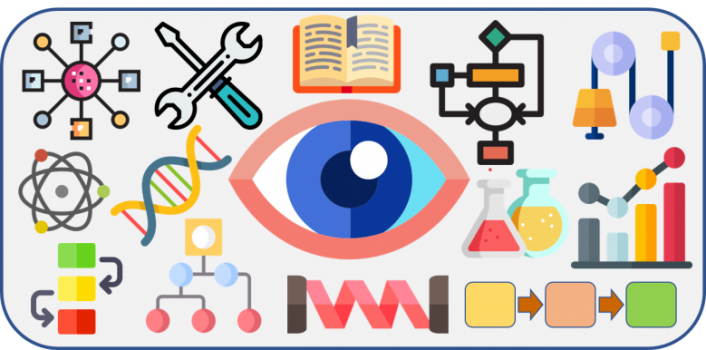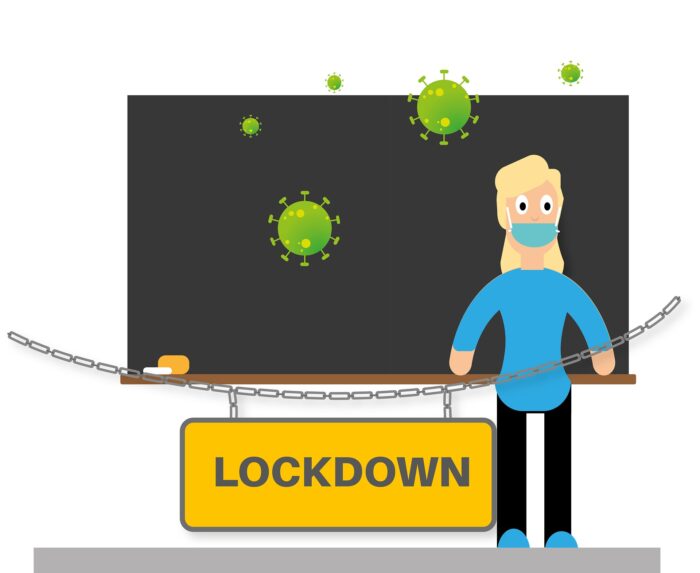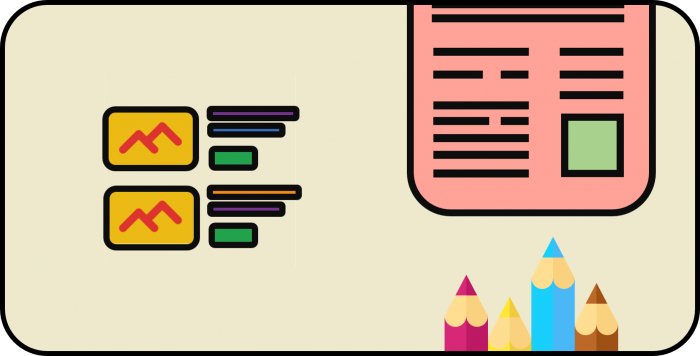Visual learning style is one of the most widely known styles of learning. The learners with this style of learning are visual learners. They have strong visual perception and visual memory. Such learners are less likely to retain information presented to them through other forms such as auditory processes or interpersonal interaction. Images, pictures, graphs, diagrams, or other visual media are the preferred form of learning content for such learners.
Visual Learning Style Strategies
The quality of a learning process is often measured through the achievement of learning outcomes. The achievement of learning outcomes calls for the adoption of effective strategies for teaching and learning. For visual learners, the strategy should be around the idea of developing learning content in visual form. As individuals, visual learners may adopt certain practices to accelerate their learning. They may add visual attributes such as color highlighting, memory maps, or process-flow diagrams to the content they are learning. Educators may go the extra mile by developing exercises, lectures, and notes with visual features. Exercises on theoretical concepts may involve drawing concept maps for the illustration of concepts. Such exercises would be distinctly helpful in understanding concepts with clarity.
Visual Learning Style Examples and Application in Academic Content
Content with visual pedagogical features stimulates a visual learner. Features such as diagrams, flowcharts, process flow diagrams, etc. comprise visual pedagogy. The examples presented below depict the use of visual pedagogy in learning content.
Example 1
Figure 1 presented below shows an excerpt on genomes presented in two different ways. The write-up on the left is a descriptive discussion on Genomes. The same content is present on the right in a piecemeal form. The approach employs “blocks” to present information: the first block carries the basic definition and role of a gene; the next set of blocks explain the hierarchy of DNA/RNA, nucleotide, and bases; the last two blocks provide the names of the bases that make up the DNA/RNA. Though the manner of presentation is different, there is no loss of information. In addition, the content is engaging for a visual learner and easier to grasp.
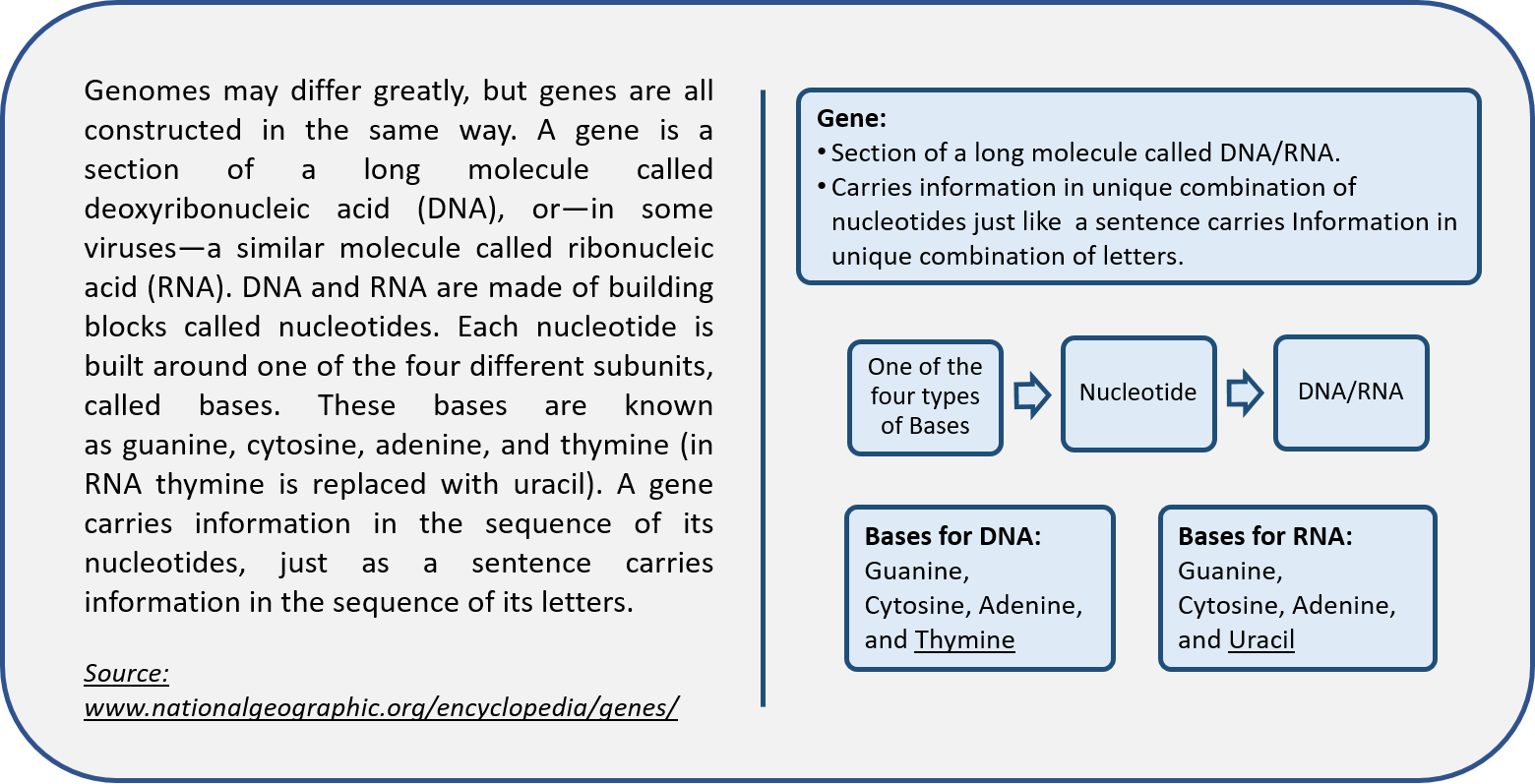
Example 2
Figure 2 presented below shows sample content on the topic of “Types of Plastics”. It presents the discussion about the two types of plastics in a general descriptive form. The same content is presented on the right in a visually enhanced form which includes a hierarchical diagram, with content arranged point-wise. The presentation on the right is more appealing for a visual learner. In addition, the information presented therein is easier to recall, analyze, and re-present, if required.
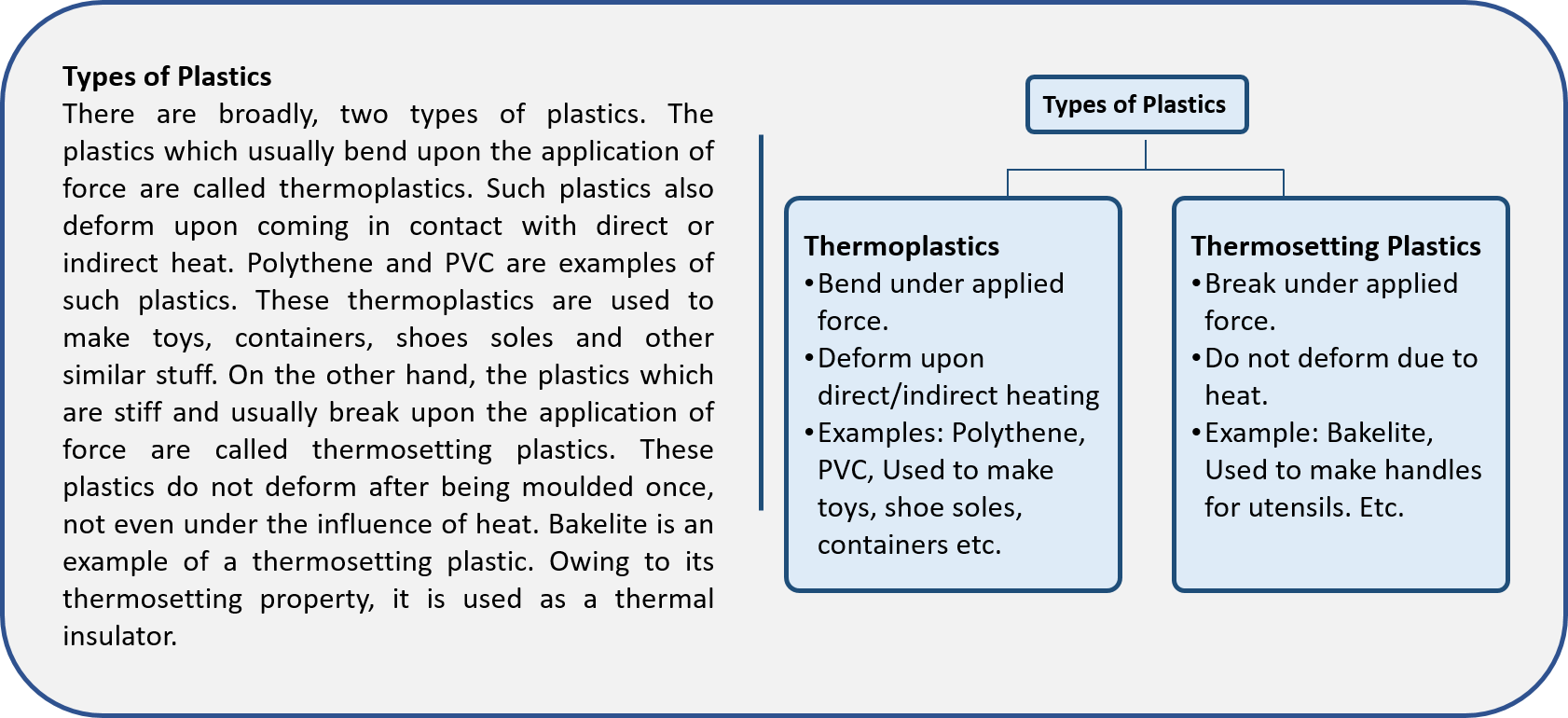
Example 3
Figure 3 shown below depicts the general process flow for creative thinking. The descriptive content on the left is expressed in the process flow diagram on the right. The diagram is more suited to the learning style of a visual learner. It outlines the complete process on the left into four distinct stages represented by a process flow diagram. The description of each step of the process is described within the respective block in the flow diagram. Such simplified presentation of complex and detailed information accelerates the process of learning for visual learners. It improves and consolidates their comprehension and grasp of what is taught.
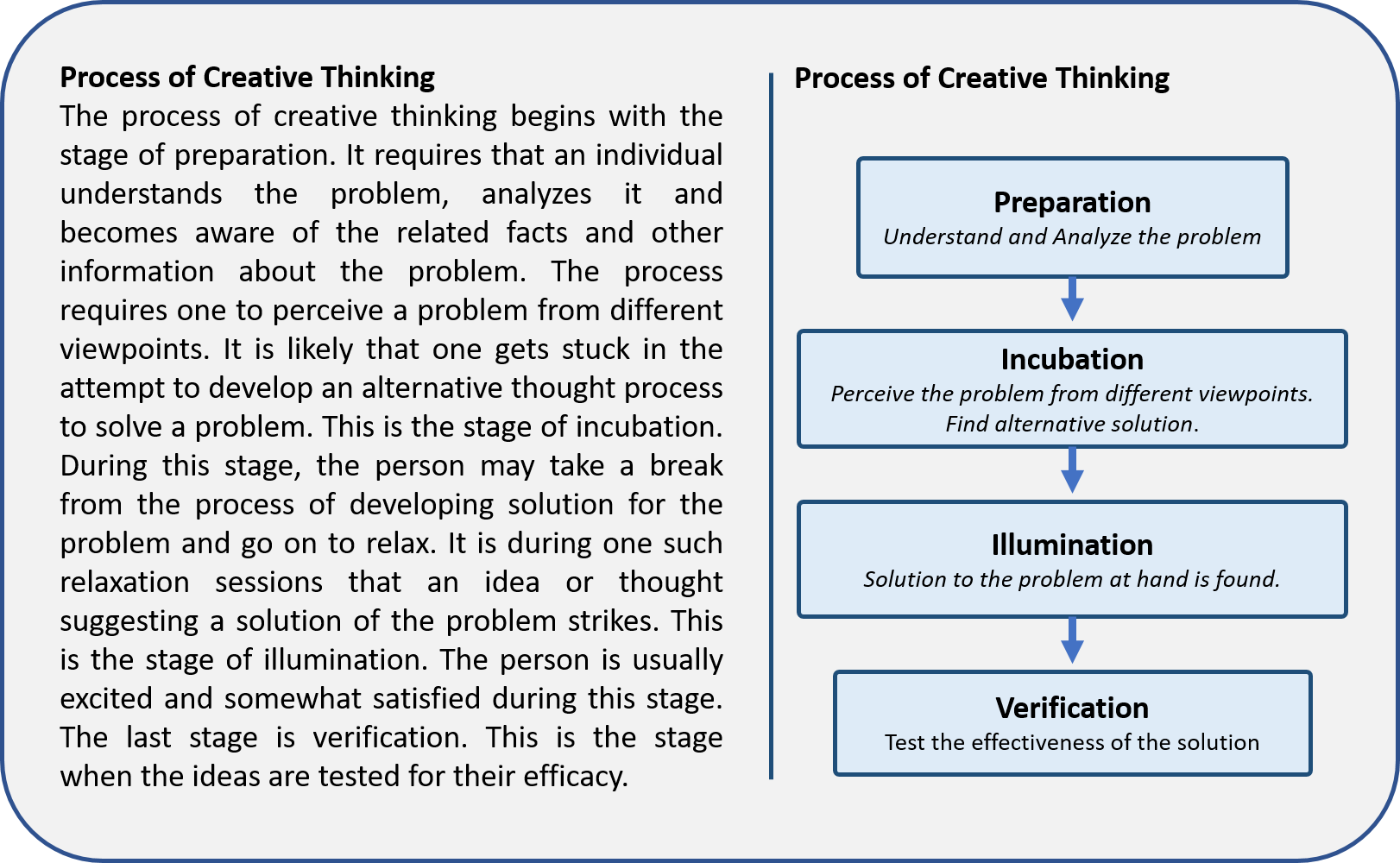
Example 4
Figure 4 presented below depicts a short discussion about lenses in a general descriptive form. Though the description is quite clear, it might seem overwhelming and difficult to recall for a visual learner. The figure shown alongside the description on the right presents the same discussion about the two types of lenses, in a visual form. It summarizes all the details present in the description on the left. In addition, the diagram is more suitable for a visual learner to learn and recall.
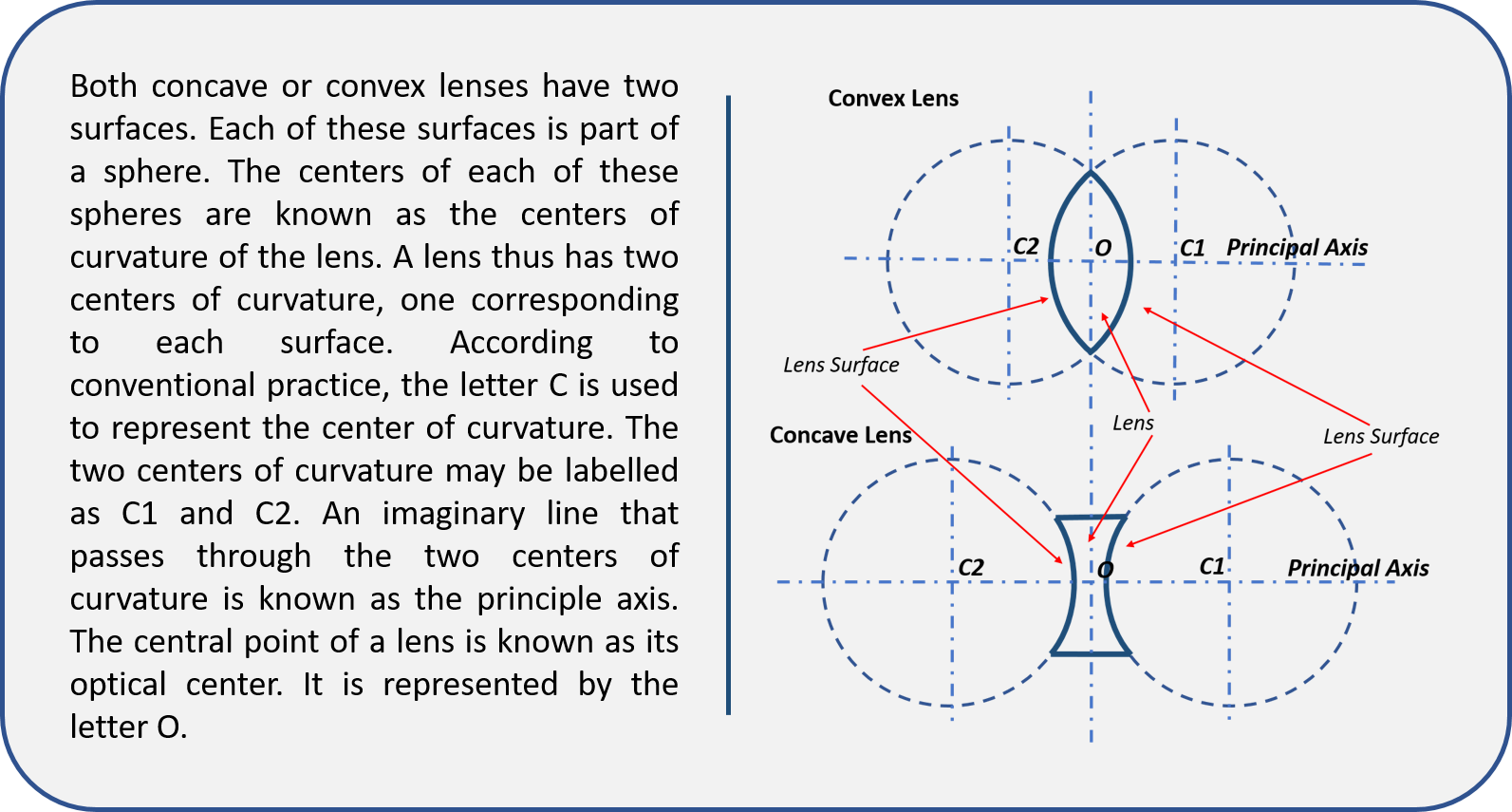
Example 5
Figure 5 presented below shows yet another content sample presented in two different forms- general descriptive and visually enhanced. The write-up on the left is a description of geothermal heat pumps. The same content is present on the right with a diagram. The diagram is informative and communicates the topic with clarity. It depicts all the details that are present in the description on the left. A visual learner would be more receptive to the visually enhanced content presented on the right.
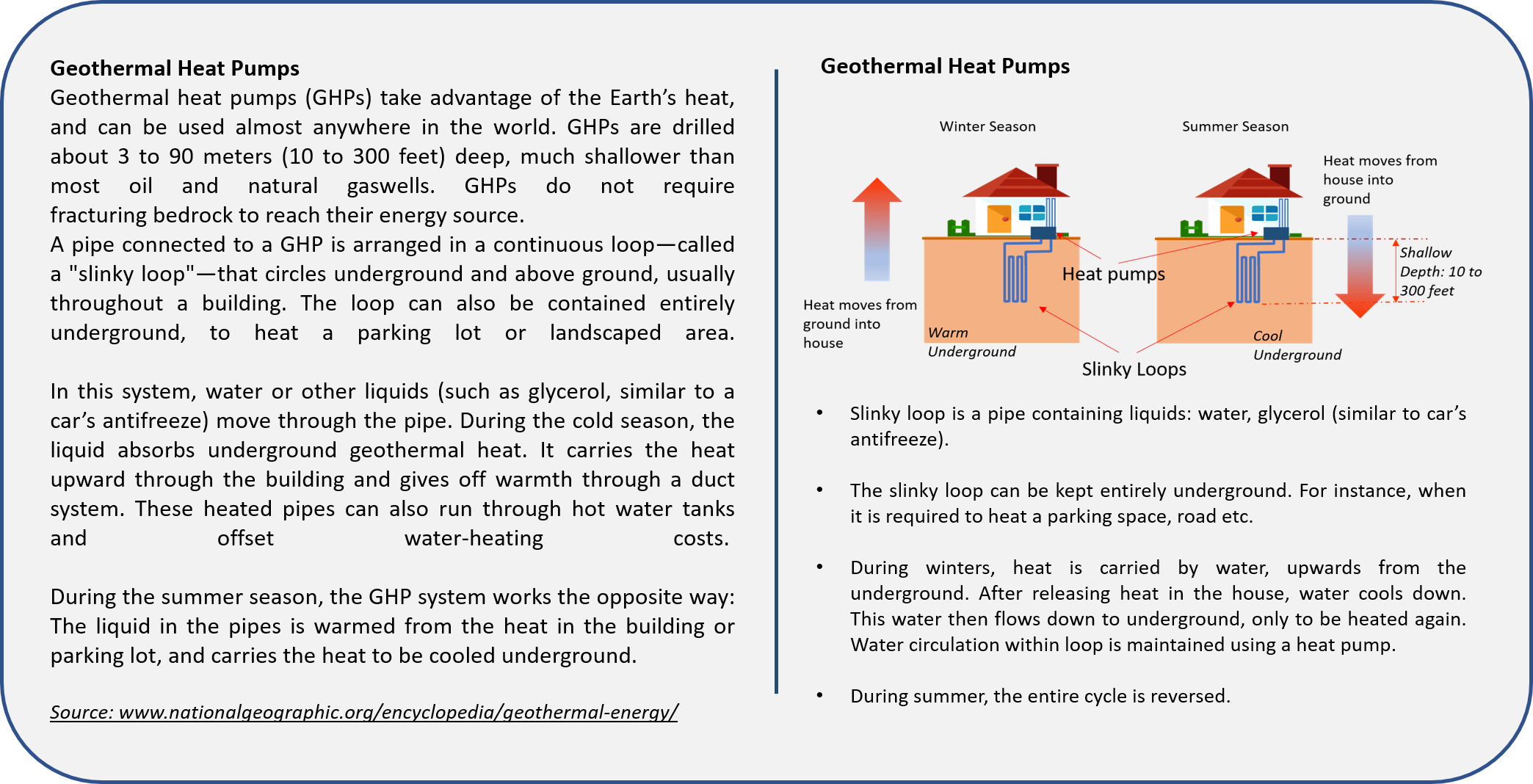
It is thus quite evident that the addition of features such as diagrams, tables, and flowcharts to otherwise descriptive text makes it suitable for visual learners. It makes the learning process lively and draws more attention from the reader. Educators may attempt to develop similar visually engaging content for their pupils. This would help achieve learning outcomes effectively.
This article is part of a series of articles on Learning Styles.
References:
- The Visual Learning Style at ThoughtCo.
Image Credits:
Icons made by Roundicons from www.flaticon.com.
For further reading related to pedagogy and education standards,
please visit the blog pages at Evelyn learning.
Create.Engage.Inspire

